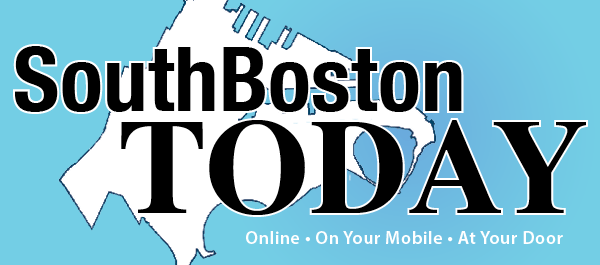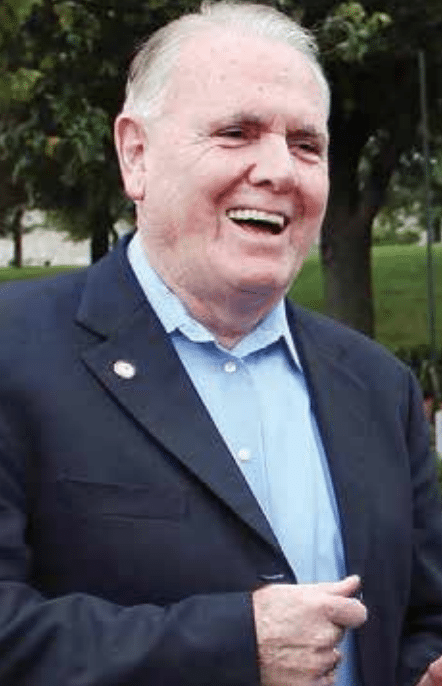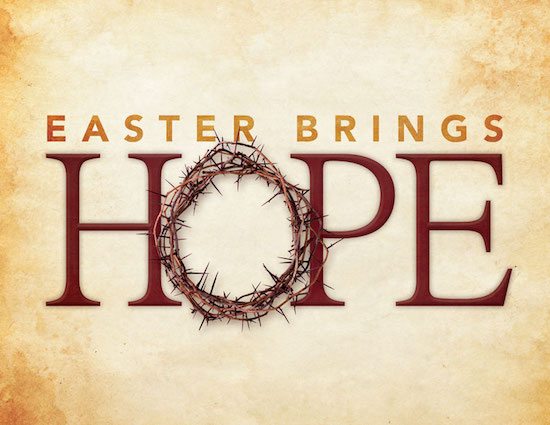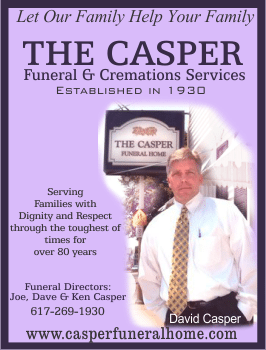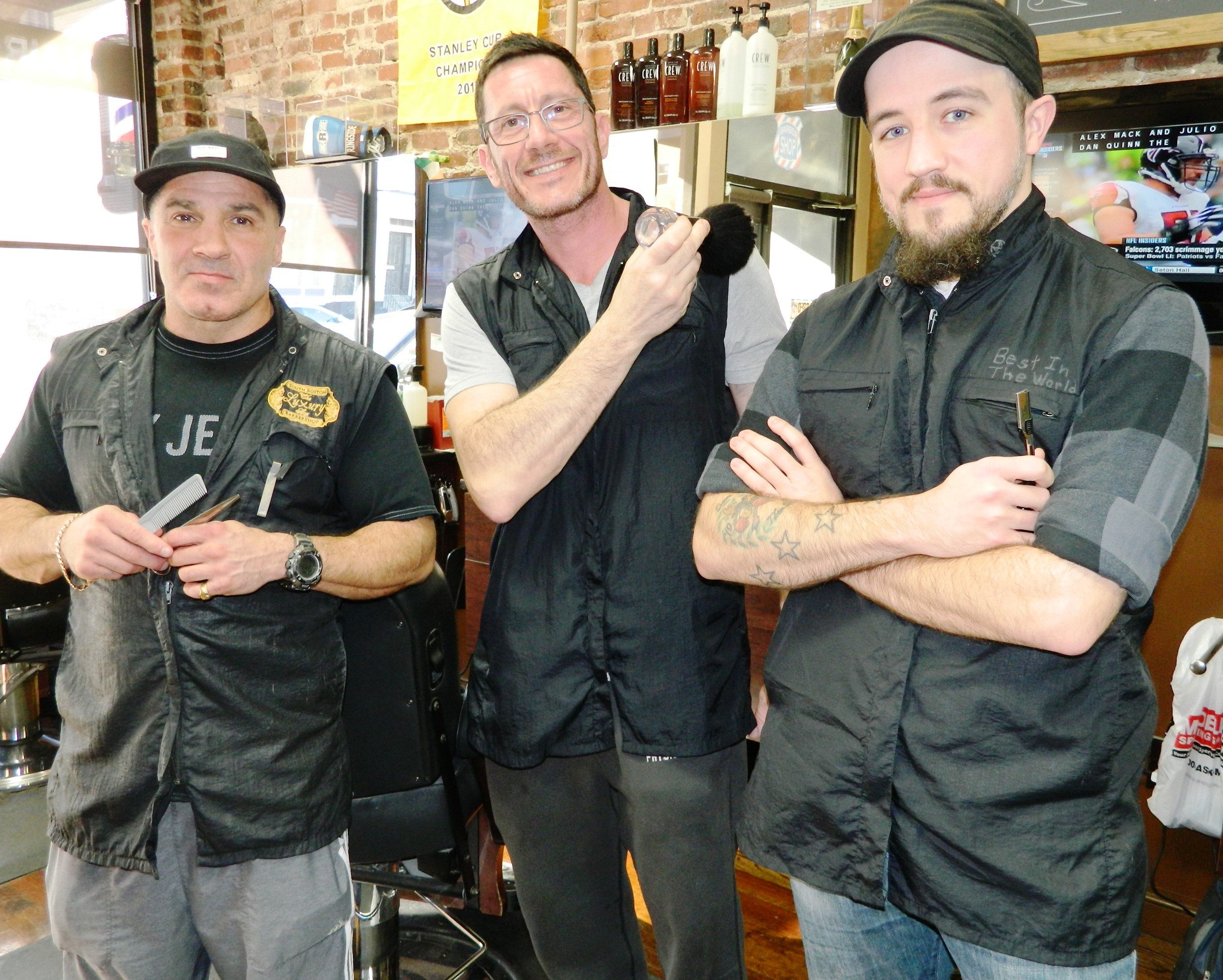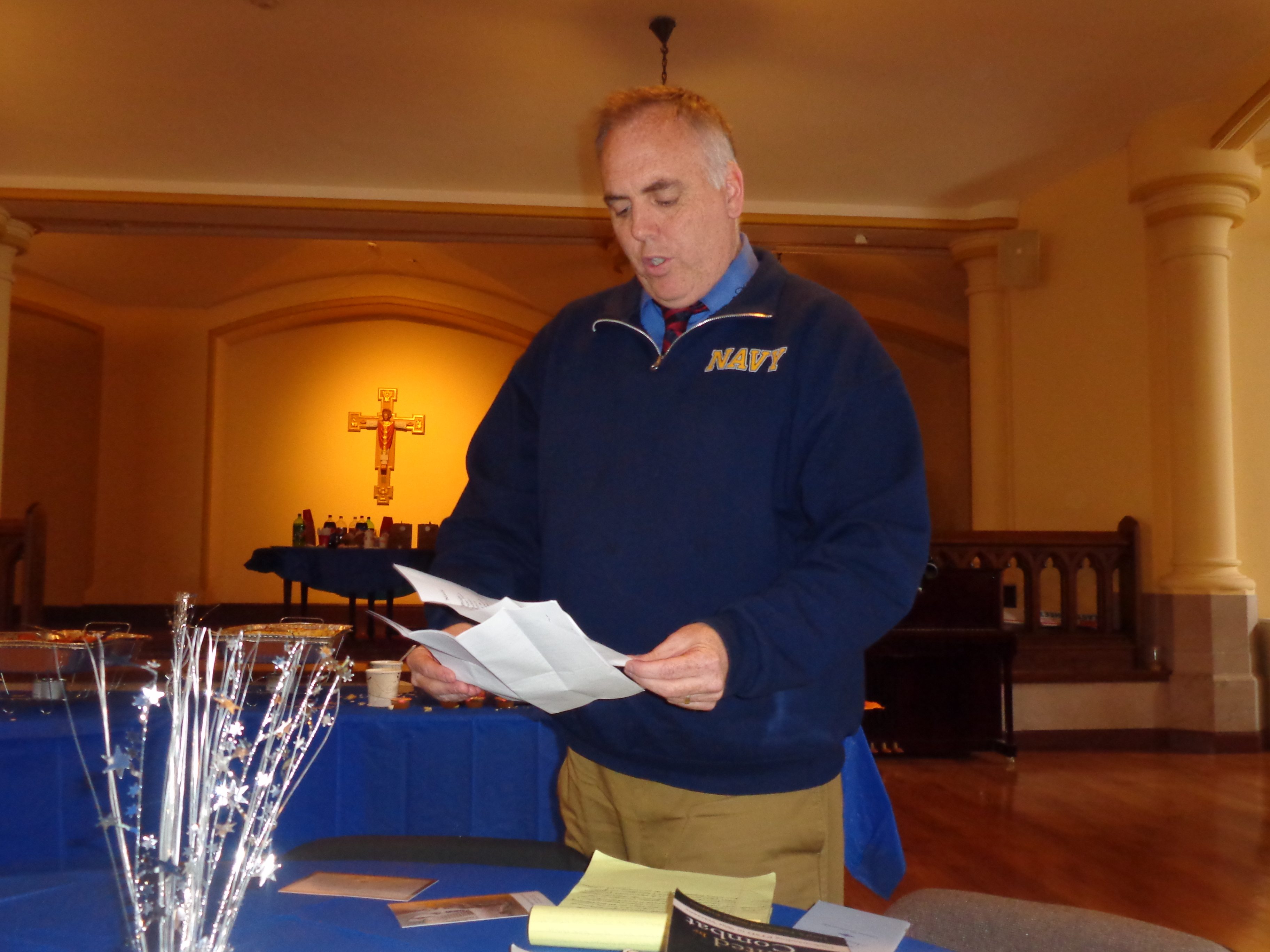Ray Flynn
It has been my experiences growing up, that people are more inclined to support the underdog than the powerful. At least, that’s how my neighbors and I always felt. Catholic immigrants faced discrimination and oppression when they arrived on these shores, especially from Ireland. Unfortunately, after great struggle, Irish- Americans have been reluctant to remind future generations of the religious and economic persecutions they faced.
Call it pride, I guess. We don’t see ‘No Catholics Need Apply’ help wanted signs anymore in downtown store windows, but I still hear stories coming from many young adults today, who can’t afford education or get a secure job. And they have no political power anymore.
I’d like to tell you a chapter in that history that I never forgot. And one like other groups, I would never stop being mindful of or defend. Here’s a little story which is particularly critical today, as is was over 150 years ago in Boston.
One day in December 1818, a crowd numbering 1,000 gathered at the Granary Burying
Ground near the Boston Common. Proceeding south, and then east, they covered nearly two
miles before reaching their destination in South Boston, arriving at a small piece of land
purchased days before by Bishop Jean Cheverus. They carried with them the remains of their
beloved Father Francis Matignon, who for 26 years helped establish the Catholic community in
Boston, and it was here, at the first Catholic burying ground in Boston, that he would be laid
to rest.
Father Matignon arrived in Boston on August 20, 1792, and found the small Catholic
population there fighting amongst itself over which of two priests should lead them, and the
non-Catholic population leery of their presence. He overcame these initial difficulties,
healing the Catholic community, and seeing them become accepted members of the
community. His obituary reads, “With meekness and humility he disarmed the proud; with
prudence, learning and wisdom, he met the captious and slanderous; and so gentle and so
just was his course, that even the censorious forgot to watch him, and the malicious were too
cunning to attack one armed so strong in honesty.”
While the local situation improved, Father Matignon’s responsibility as leader of the Boston mission extended well beyond the city limits, encompassing all Catholics in New England. Realizing the task was more than one priest could handle, he sought assistance by inviting a fellow countryman to join him, Father Jean Cheverus. Together, they would come to be recognized as the founders of the Diocese of Boston.
Largely through their charitable works, the two priests helped the Catholic population gain acceptance among their fellow Bostonians. As a sign of their growing numbers and stature,
they constructed the first Catholic church in New England, the Church of the Holy Cross, in
- In 1808, the Boston mission had grown significantly, and so Pope Pius VII elevated it to
the Diocese of Boston, intending to name Father Matignon its first bishop to reward him for
his work there. He refused, citing his age and ailments, recommending Father Cheverus
instead, and it was he who was ordained as the first bishop of Boston in 1810.
When Father Matignon died on September 19, 1818, his funeral was held at the Church of the Holy Cross, and he was interred in the tomb of John Magner, a prominent Irish businessman, at the Granary Burying Ground. At the time Catholics were usually buried in one of the three public burial grounds within the city limits, but Bishop Cheverus set about finding a resting place more befitting for his dear friend and colleague. He successfully petitioned the Boston Board of Health for permission to establish a Catholic burial ground in the city, and
subsequently purchased land in South Boston on December 9, 1818, reinterring the remains
Father Matignon there several days later.
The following year, construction of a mortuary chapel over Father Matignon’s tomb
commenced in early May and was dedicated on July 4, 1819. It is believed to be the work of
architect Charles Bullfinch, who designed the Massachusetts State House, Church of the Holy
Cross, and completed the United States Capitol building. Both the chapel and cemetery were
dedicated to Saint Augustine in honor of an Augustinian priest, Father Philip Lariscy, who
raised funds to complete the project.
Originally intended as a small mortuary chapel, it has grown over the past 200 years,
reflecting changes that have taken place in the surrounding neighborhood of South Boston. In
the decades following Father Matignon’s death, South Boston saw an influx of Irish Catholic
immigrants, often settling there to work the furnaces that fueled the local glasswork industry.
Mass was held weekly at the chapel by a priest sent from the Cathedral of the Holy Cross on
Franklin Street, but it would soon prove inadequate for the growing numbers in attendance,
prompting Bishop Cheverus’ successor, Bishop Benedict Fenwick, to expand the chapel. Work
included the additions of a choir and sacristy, and mounting the cover of Matignon’s tomb on a
wall behind the altar, before rededicating the chapel on October 16, 1831.
The chapel would be the sole place of worship for South Boston Catholics until the dedication of Saints Peter and Paul Church in 1845, and in the 1860s served as the home of Saint
Augustine parish when it was created, until the new parish church was constructed. The gravestones have stories to tell. Despite the great progress made in the previous half
century, several cholera epidemics through the mid-nineteenth century revived anti-Catholic
sentiments. It was the custom of the Irish Catholics to process with the deceased from the
funeral service to their final resting place that raised accusations that by carrying the body
through the streets they were spreading the disease. Bishop Fenwick urged local Catholics
bury their dead in Saint Augustine, away from the burial grounds in the city center, to ease
the tension.
Many buried within the chapel walls have unique stories to tell. Father Alexander Sherwood Healy was born in Georgia and, his mother being a former slave, was sent north for better opportunities in life. He later served as rector at the Cathedral of the Holy Cross, and was
pastor of Saint James, Boston, when he suddenly died in 1875. Also within the chapel is
Patrick Donahoe, who purchased an early iteration of The Pilot in 1834, serving as editor until
his death in 1901. There is even a legend that Father Lariscy buried several pirates within the
grounds in 1819.
Throughout its history, the chapel and cemetery have gone through cycles of decay and repair, the latter coming most often during anniversary celebrations. After Bishop Fenwick’s
expansion in 1831, it received major repairs in the 1860s when it served Saint Augustine
parish, and again before the 75th Anniversary in 1894. More work was completed over 15
months leading up to the 125th Anniversary in 1944, including the restoration of 170
gravestones, and extensive work was undertaken throughout much of the 1980s when it was
named to the National Register of Historic Places (1987).
Saint Augustine Chapel is now the oldest Catholic church or chapel in Massachusetts, and has been actively used as a place of worship since its dedication nearly 200 years ago. As we
approach yet another anniversary, it is our mission to break the cycle of decay and repair, and
ensure the site receives regular maintenance for years to come. We appeal for those
interested to join the newly formed Friends of Saint Augustine Cemetery and make a small
contribution to help sustain this historic Catholic site in South Boston. St. Augustine’s Chapel
is a symbol of the oppression and discrimination Catholics still face even if some powerful
and well-connected don’t want to admit it. They are no longer committed in supporting our
own values and traditions but only those causes that are more politically popular in the elite
culture.
Well it’s time we got back to supporting our own causes, and our children’s schools,
and our old and run-down Churches is a good place to begin. Charity begins at home. Let’s get
back to basics.
Ray Flynn is the former Mayor of Boston and U.S. Ambassador to the Vatican.
